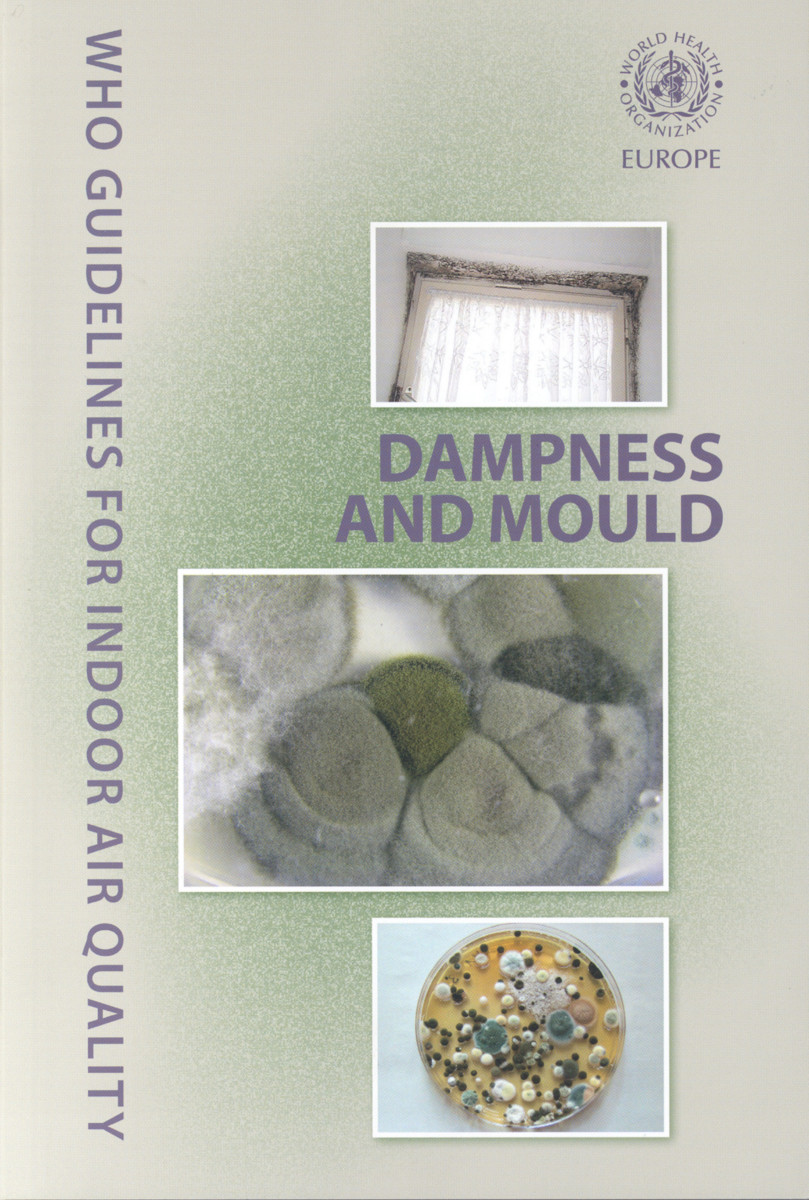- Publisher
World Health Organization - Published
17th September 2009 - ISBN 9789289041683
- Language English
- Pages 247 pp.
- Size 8" x 10"
- Images tables & graphs
When sufficient moisture is available, hundreds of species of bacteria and fungi -- particularly mold -- pollute indoor air. The most important effects of exposure to these pollutants are the increased prevalence of respiratory symptoms, allergies and asthma as well as disturbance of the immune system. Preventing (or minimizing) persistent dampness and microbial growth on interior surfaces and building structures is the most important means of avoiding harmful effects on health.
This book provides a comprehensive overview of the scientific evidence on the health problems associated with this ubiquitous pollution and provides WHO guidelines to protect public health. It also describes the conditions that determine the presence of mould and provides measures to control its growth indoors.
Contributors
Acknowledgement
Foreword
Executive Summary
1) Introduction
2) Building Dampness and Its Effect on Indoor Exposure to Biological and Non-Biological Pollutants
3) Moisture Control and Ventilation
4) Health Effects Associated with Dampness and Mould
5) Evaluation of Human Health Risks and Guidelines
6) References
Annex 1: Summary of Epidemiological Studies
Annex 2: Summary of In Vitro and In Vivo Studies


